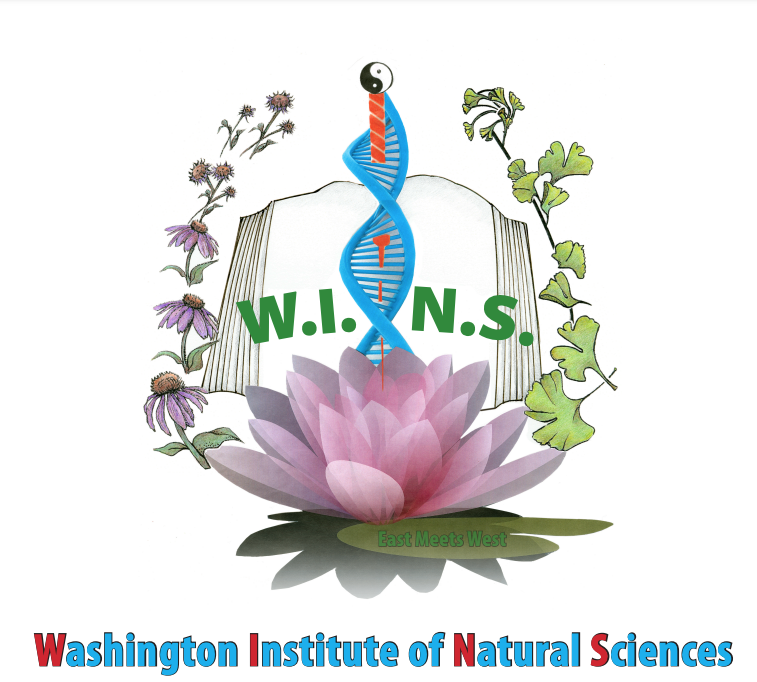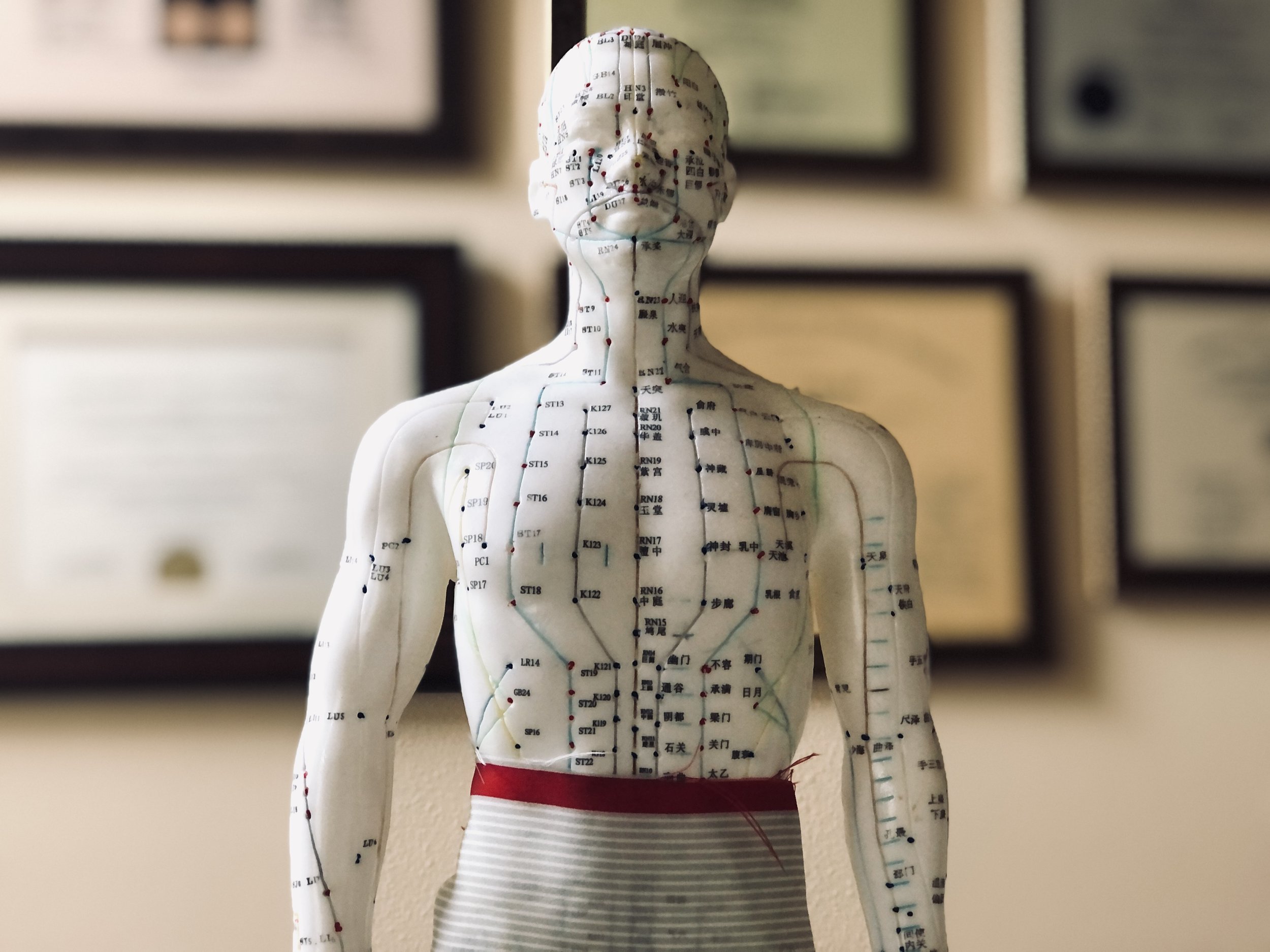What is acupuncture?
John hopkins medicine:
“Studies have shown that acupuncture is effective for a variety of conditions.”
Acupuncture is part of the ancient practice of Traditional Chinese medicine. Traditional Chinese medicine practitioners believe the human body has more than 2,000 acupuncture points connected by pathways, also known as meridians. These pathways create an energy flow (Qi, pronounced "chee") through the body that is responsible for overall health. Disruption of the energy flow can cause disease. By applying acupuncture to certain points, it is thought to improve the flow of Qi, thereby improving health.
Acupuncture treatment is dependent upon penetrating the skin with thin, solid, metal needles which are then activated through gentle and specific movements of the practitioner's hands or with electrical stimulation.
Dr. Shu treating a patient at OCIM
Acupuncture effectively reduces pain according to research published in The Journal of the American Medical Association (JAMA).
Researchers from Memorial Sloan-Kettering Cancer Center, New York, and Technical University, Munich published study results that show Acupuncture groups had significantly greater reductions of pain than both non-treatment control groups and imitation/placebo control groups in multiple high-quality studies. Specifically, acupuncture was found effective for reducing pain associated with osteoarthritis, chronic headache, shoulder pain, nonspecific musculoskeletal pain, neck pain, and back pain. Researchers note that many established guidelines recommend acupuncture. They cite, for example, that the American College of Physicians’ guidelines recommend acupuncture for the treatment of back pain. Also, the UK National Institute for Health and Care Excellence (NICE) guidelines officially recommend acupuncture treatments for both chronic headaches and migraines when unresponsive to pharmaceutical medications.


